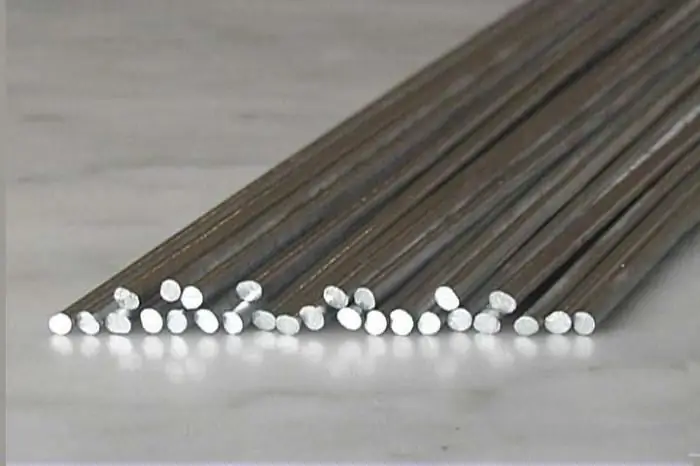2025 Author: Howard Calhoun | [email protected]. Last modified: 2025-01-24 13:10:37
Today, aluminum is used in almost all industries, from the production of food utensils to the creation of spacecraft fuselages. For certain production processes, only certain grades of aluminum are suitable, which have certain physical and chemical properties.

The main properties of the metal are high thermal conductivity, ductility and ductility, resistance to corrosion, light weight and low ohmic resistance. They are directly dependent on the percentage of impurities in its composition, as well as on the technology of production or enrichment. In accordance with this, the main grades of aluminum are distinguished.
Types of aluminum
All metal grades are described and included in a single system of recognized national and international standards: European EN, American ASTM and international ISO. In our country, aluminum grades are defined by GOST 11069 and 4784. In all documents, aluminum and its alloys are considered separately. At the same time, the metal itself is subdividedspecifically for grades, and alloys do not have specifically defined marks.
According to national and international standards, two kinds of unalloyed aluminum microstructure should be distinguished:
- High purity with percentage over 99.95%;
- technical grade, containing about 1% impurities and additives.
Iron and silicon compounds are most often considered as impurities. The ISO international standard has a separate series for aluminum and its alloys.
Aluminum grades
The technical type of the material is divided into certain grades, which are assigned to the relevant standards, for example, AD0 according to GOST 4784-97. At the same time, high-frequency metal is also included in the classification so as not to create confusion. This specification contains the following grades:
- Primary (A5, A95, A7E).
- Technical (AD1, AD000, ADS).
- Deformable (AMg2, D1).
- Foundry (VAL10M, AK12pch).
- For steel deoxidation (AV86, AV97F).
In addition, there are categories of ligatures - aluminum compounds that are used to create alloys from gold, silver, platinum and other precious metals.
Primary aluminum
Primary aluminum (grade A5) is a typical example of this group. It is obtained by enrichment of alumina. In nature, the metal is not found in its pure form due to its high chemical activity. Combining with other elements, it forms bauxites, nephelines and alunites. Subsequently, alumina is obtained from these ores, and from it, with the help of complex chemicalphysical processes - pure aluminum.

GOST 11069 establishes requirements for grades of primary aluminum, which should be marked by applying vertical and horizontal stripes with indelible paint of various colors. This material is widely used in advanced industries, mainly where high performance raw materials are required.
Technical aluminum
Technical aluminum is a material with a percentage of foreign impurities less than 1%. Very often it is also called unalloyed. Technical grades of aluminum according to GOST 4784-97 are characterized by very low strength, but high corrosion resistance. Due to the absence of alloying particles in the composition, a protective oxide film is quickly formed on the metal surface, which is stable.

Technical aluminum grades are distinguished by good thermal and electrical conductivity. In their molecular lattice, there are practically no impurities that scatter the electron flow. Due to these properties, the material is actively used in instrument making, in the production of heating and heat-exchange equipment, lighting items.
Wrought aluminum
Wrought aluminum is a material that is subjected to hot and cold pressure processing: rolling, pressing, drawing and other types. As a result of plastic deformations, semi-finished products of various longitudinal sections are obtained from it: aluminum rod, sheet,tape, plate, profiles and others.

The main brands of the deformable material used in domestic production are given in the regulatory documents: GOST 4784, OCT1 92014-90, OCT1 90048 and OCT1 90026. A characteristic feature of the deformable raw material is the solid structure of the solution with a high content of eutectic - liquid phase which is in equilibrium with two or more solid states of matter.
The scope of wrought aluminum, as well as the one where aluminum rod is used, is quite extensive. It is used both in areas requiring high performance from materials - in ship and aircraft construction, and on construction sites as an alloy for welding.
Cast aluminum
Casting grades of aluminum are used for the production of fittings. Their main feature is the combination of high specific strength and low density, which allows casting complex shapes without cracking.

According to their purpose, foundry grades are conditionally divided into groups:
- Highly sealed materials (AL2, AL9, AL4M).
- Materials with high strength and heat resistance (AL 19, AL5, AL33).
- Substances with high corrosion resistance.
Very often, the performance of cast aluminum products is improved by various types of heat treatment.
Aluminum for deoxidation
For qualityof manufactured products is also influenced by the physical properties of aluminum. And the use of low-grade grades of material is not limited to the creation of semi-finished products. Very often it is used to deoxidize steel - removing oxygen from molten iron, which is dissolved in it and thereby increases the mechanical properties of the metal. To carry out this process, the most commonly used brands are AV86 and AV97F.
Recommended:
Corrosion of aluminum and its alloys. Methods for combating and protecting aluminum from corrosion
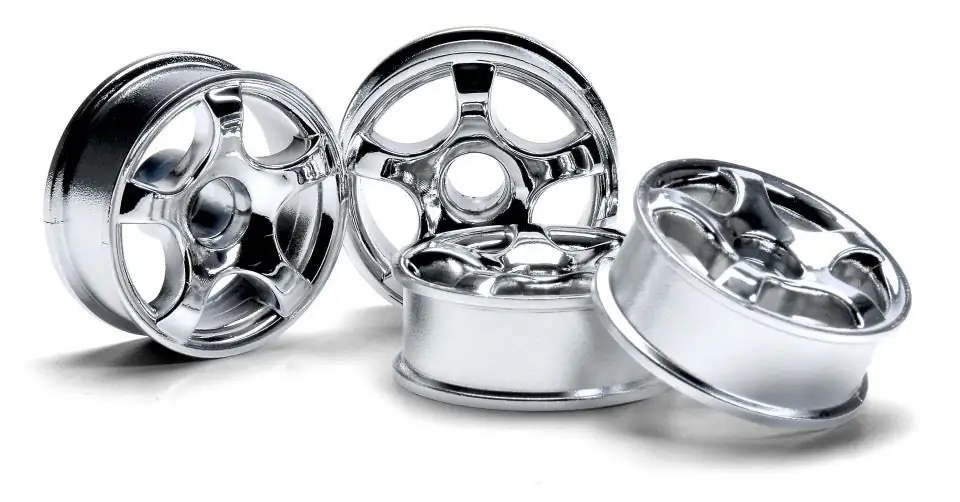
Aluminium, unlike iron and steel, is quite resistant to corrosion. This metal is protected from rust by a dense oxide film formed on its surface. However, in the case of destruction of the latter, the chemical activity of aluminum greatly increases
Alloy cast iron: grades, properties and applications
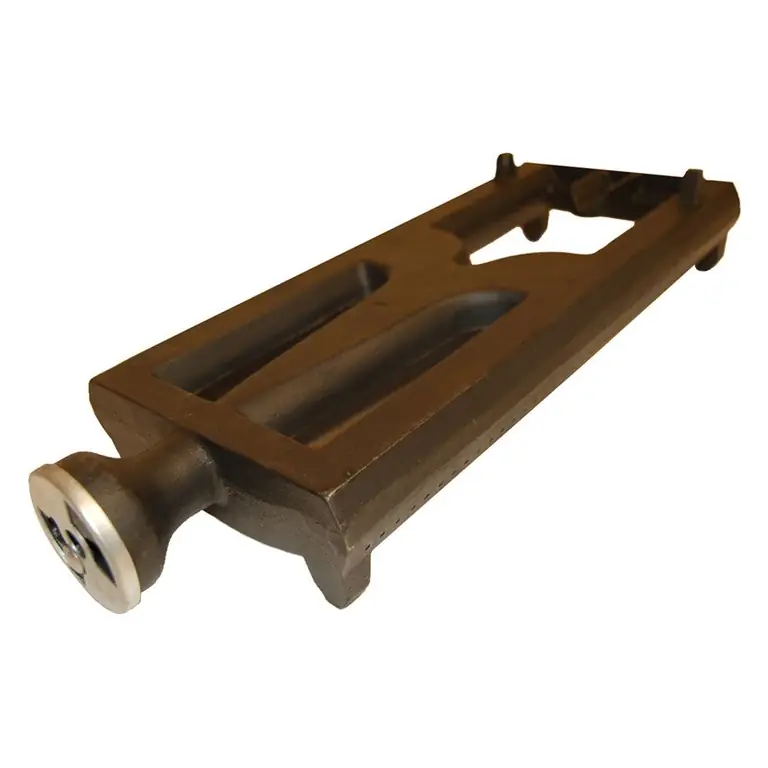
Alloyed iron is a material that is produced by smelting in blast furnaces. It can contain different amounts of carbon. Depending on the quantitative content of this substance, two types of cast iron are distinguished. The first is called conversion, or white, and the second is gray, or foundry
Protective materials: types, properties and applications
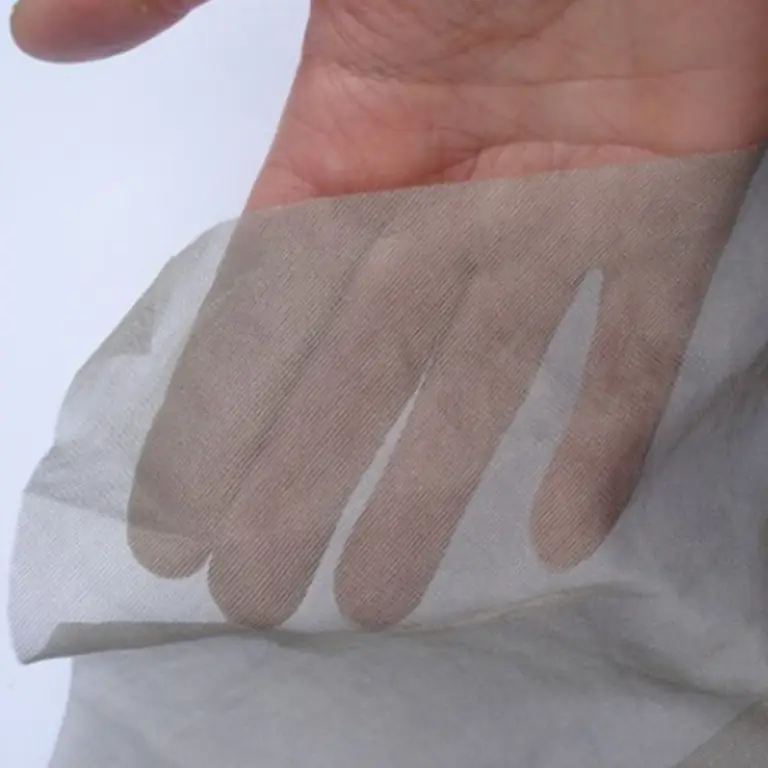
Today, people actively use a wide variety of devices, devices, etc. All this is made of parts that sooner or later become unusable, due to which the equipment stops working normally. To delay this moment as much as possible, protective materials are used
Duralumin is a high-strength aluminum-based alloy with additions of copper, magnesium and manganese: properties, production and application
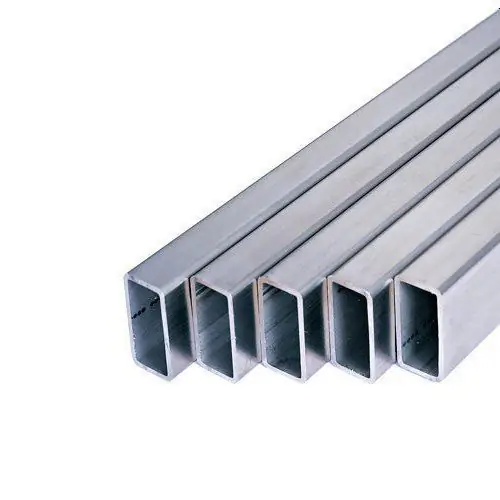
What is duralumin? What are the features of duralumin alloy? Technical and quality indicators of the alloy. A variety of products from this metal and their scope
Concrete mix: properties, composition, types, grades of concrete, characteristics, compliance with GOST standards and application
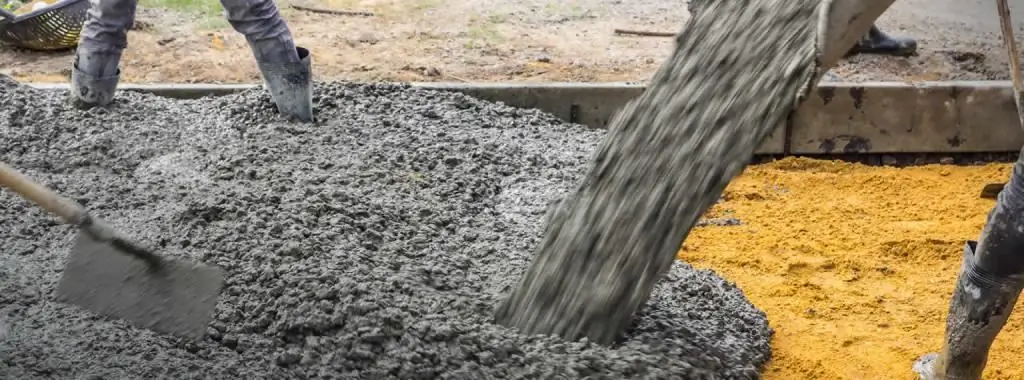
Among the main properties of the concrete mixture, which is also called hydrotechnical concrete, it is necessary to highlight the increased water resistance. Buildings are being built from this material to be used in swampy areas or in regions that are prone to flooding

